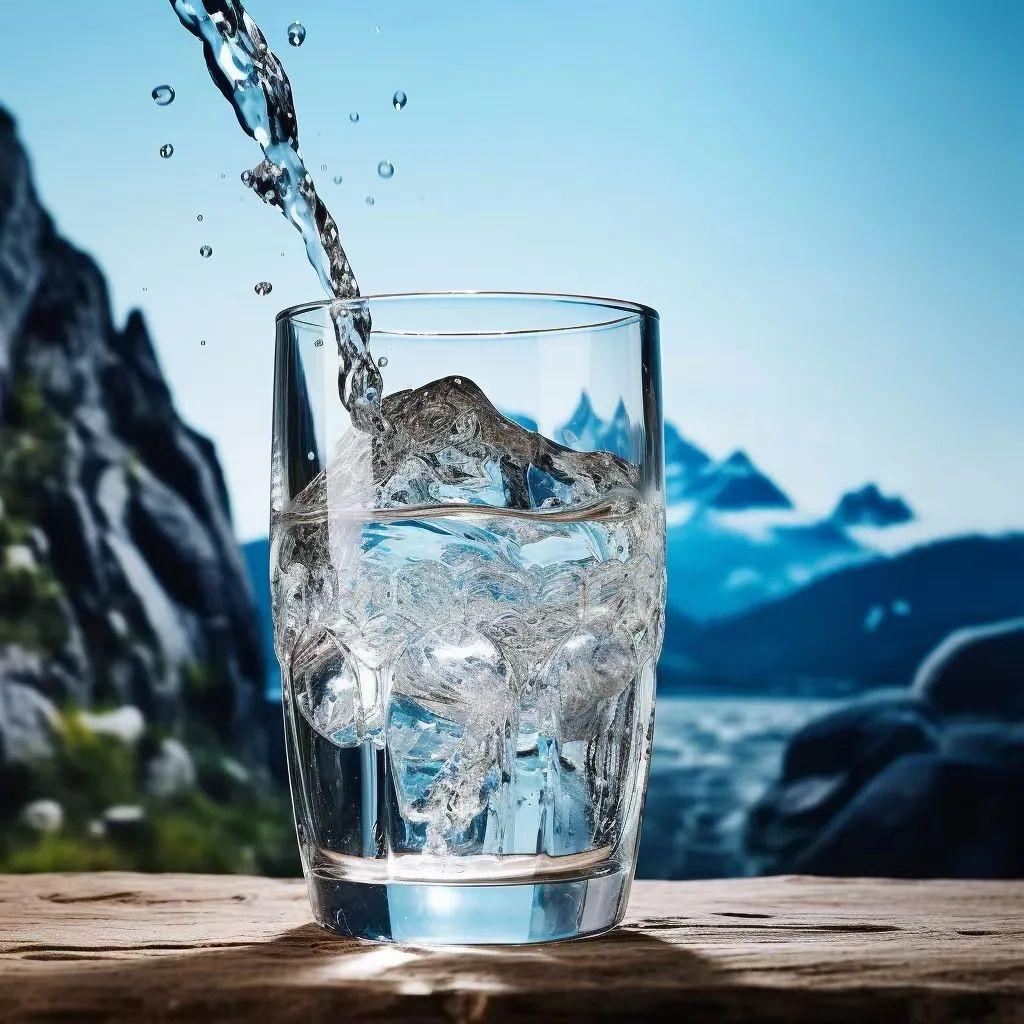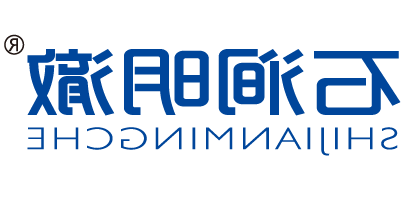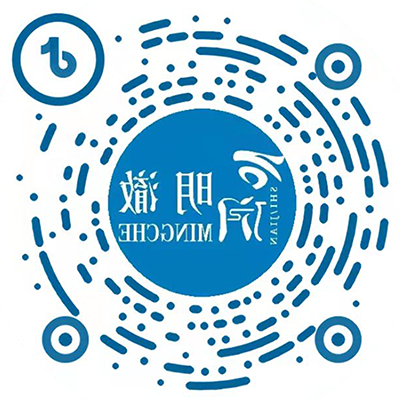What are the basic indicators to measure the quality of water quality?
Release Date: 2024-01-26 Views: 436

浊度
Turbidity is an index that reflects the physical properties of natural water and drinking water. The turbidity of natural water is caused by suspended particles such as sediment, clay, organic matter and microorganisms in the water。The national standard requires less than or equal to 3 degrees, and no more than 5 degrees in special cases。
Total bacterial count
Total bacterial population refers to the total number of bacterial colonies grown by 1 ml water sample cultured in nutrient AGAR medium at 37 degrees Celsius for 24 hours。National standard requirements less than or equal to 100 / ml。The total number of bacteria measured increased, indicating that the water is polluted by domestic waste, but can not explain the source of pollution, so it must be combined with the total coliform group to judge the source and safety of water pollution。

Total coliform
In the microbial safety testing of drinking water, normal intestinal bacteria are generally used as fecal contamination indicators, rather than direct determination of intestinal pathogens。Total Coliform refers to a group of aerobic and facultative anaerobic bacteria that can ferment lactose at 37 degrees Celsius and produce acid and gas within 24 hours。Total Coliform content refers to the number of total coliform bacteria per liter of water sample。The amount of total coliform bacteria in the water sample indicates the extent to which the water has been contaminated by faeces, and indirectly indicates the possibility of the presence of intestinal pathogens。The national standard requires less than or equal to 3 / l。
余氯
Refers to the chlorine that remains in the water after the water has been chlorinated and disinfected for a certain time。
National standard requirements: After 30 minutes of contact with water, the residual chlorine should not be less than 0.3 mg/l。Centralized water supply, in addition to the factory water should meet the above requirements, the pipe network end water should not be less than 0.05 mg/L。

Biochemical oxygen demand (BOD)
Biochemical oxygen demand (BOD) refers to the amount of oxygen consumed when organic matter contained in water is degraded by microorganisms, and is a measurement method based on the principles of microbiology。All the factors that affect microbial degradation, such as temperature and time, will affect the determination of BOD。The final BOD is the amount of oxygen required for the biochemical degradation of all organic matter to a simple final product。The standard is 20 degrees Celsius and 5 days of cultivation。It is expressed in BOD and is usually measured in mg/L or ppm。
Chemical Oxygen Demand (COD)
Chemical oxygen demand (COD) is the amount of oxidizer consumed by treating water samples with a certain strong oxidizer under certain conditions, expressed in mg/l of oxygen, which is the main indicator indicating that the water body is polluted by reducing substances, reducing substances including various organic matter, nitrite, ferrite and sulfide。However, it is very common for water samples to be polluted by organic matter, so chemical oxygen demand can be one of the indicators of the relative content of organic matter。
The determination of chemical oxygen demand is divided into potassium permanganate method and potassium dichromate method according to the different oxidants used。Potassium permanganate method is simple to use, the required time is short, to a certain extent, can explain the status of water polluted by organic matter, often used for water samples with light pollution degree, potassium dichromate method is more complete oxidation of organic matter, suitable for all kinds of water samples。
This article is extracted from the primary and secondary school teaching resources network
- Previous post:Learn about water on Earth
- Next post:Residual chlorine "harm" know how much?You can't just use the tap water











